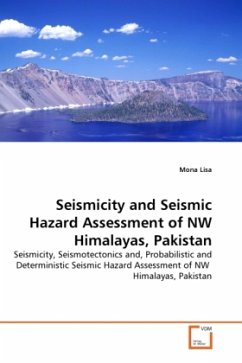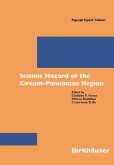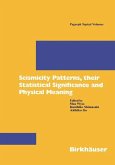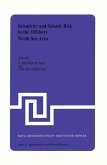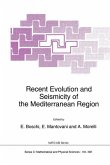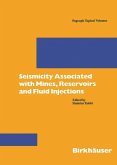The NW Himalayan Fold-and-Thrust Belt, Pakistan, which forms the northwestern portion of the Himalayan frontal arc, is seismically one of the most active intercontinental region anywhere in the world. The Himalayan mountain ranges have been formed due to the continental collision between the Indian and Eurasian plates. Between 1897 and 1952 there was a phase of very high seismicity when 14 major earthquakes (M7.5) including 5 great earthquakes of M 8 occurred. This area have recently been activated in 1st and 20th Nov 2002, and 14th Feb, 2004 (Batgram Earthquake) with two devastating earthquakes of magnitudes 5.5 Mw. On October 08,2005, the country experienced the worst ever recorded earthquake (the Muzaffarabad Earthquake) in its history. At the same time the most of the country consists of non-engineered structures, which are a constant threat to lives and property. It is not the purpose of present work to device a new building code, but to provide information in the form of seismic zonation and seismic hazard assessment of the area that may prove useful in revision of such a code and help to mitigate earthquake disaster in the area.
Bitte wählen Sie Ihr Anliegen aus.
Rechnungen
Retourenschein anfordern
Bestellstatus
Storno

